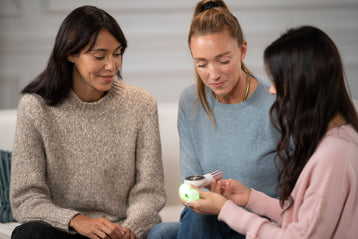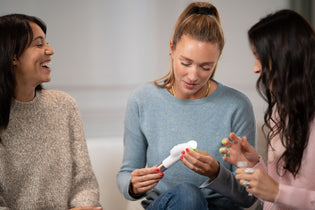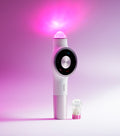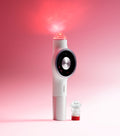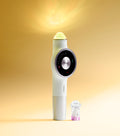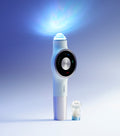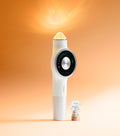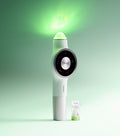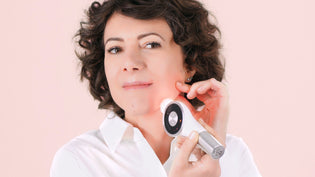Skin cancer is one of the most common forms of cancer worldwide. It can be caused by excessive exposure to UV rays from the sun or other sources of radiation, such as tanning beds. It is important to take steps to protect your skin, and to know how to spot the signs of skin cancer.
Skin cancers: the different risk factors
Several factors increase the risk of developing skin cancers. We obviously think of prolonged exposure to the sun. To give you an idea, research attributes two thirds of skin cancers to UV rays (sun and tanning beds). Also note that children who suffer from very severe sunburn are more likely to have cancer as adults. We don't always think about it when we talk about skin cancers, but skin and hair type can be additional factors. People with dark hair and light skin face an increased risk of cancer. Another risk of skin cancer: family and medical history. If your dermatologist one day finds cancerous cells in you, know that skin cancer is one of those that offers a good diagnosis for long-term cure when caught in time, and that care and treatment are effective.
What are the different types of skin cancer?
There are several types of skin cancer, including melanoma and basal cell carcinoma. Melanoma is the most dangerous type of skin cancer because it can spread quickly to other parts of the body. Basal cell carcinoma is the most common type of skin cancer and tends to grow slowly.
How to recognize skin cancers?
Signs of skin cancer may include changes in the color or shape of a birthmark or mole, skin lesions that don't heal, or patches of skin that bleed or itch. If you notice any of these signs, it is important to see a dermatologist as soon as possible. Only his diagnosis will be able to confirm to you whether or not your mole deserves to be examined more closely. If it is mild, your dermatologist can give you treatment to alleviate the unpleasant symptoms.
Skin cancers: how to avoid them?
Prevention is the key to avoiding skin cancers. It is important to wear good sun protection with an SPF of at least 30, wear protective clothing such as hats and long-sleeved shirts, and stay in the shade during the hottest hours of the day. daytime. Also avoid tanning booths. They can cause irreparable damage to the skin. You probably won't get a sunburn from entering one of these booths, but excessive exposure to these lights can cause the same negative effects as the sun. Tanning is often associated with beauty. However, it is indeed the skin's first reaction to sun damage. In addition to the preventive measures mentioned above to limit the risk of developing cancers (melanomas and carcinomas), it is also recommended to carry out regular skin self-examinations. This can help identify any signs of skin cancer early. To perform a self-exam, examine your entire skin, including hard-to-see areas like the scalp, soles of the feet, and spaces between fingers and toes. Look for any changes in the color, shape, or size of a mole or birthmark, as well as any new skin lesions. If you notice anything unusual, consult a dermatologist immediately.
Before treatments: Lightinderm prevention
To avoid exposure to the sun, you can offer your cells the
Lightinderm Repair program ! It's a great way to take care of your beauty and skin without increasing the risk of cancer.
The Repair program brightens your complexion. And it's without side effects. After several uses, you will notice that your skin is brighter, more radiant and healthier. Light therapy does not increase the risk of skin cancer. On the contrary, the light pampers your skin, to smooth your wrinkles and reveal all your beauty. If you notice the presence of moles in the areas you are treating, ask your dermatologist if you can benefit this small area of skin from the benefits of
light therapy.

